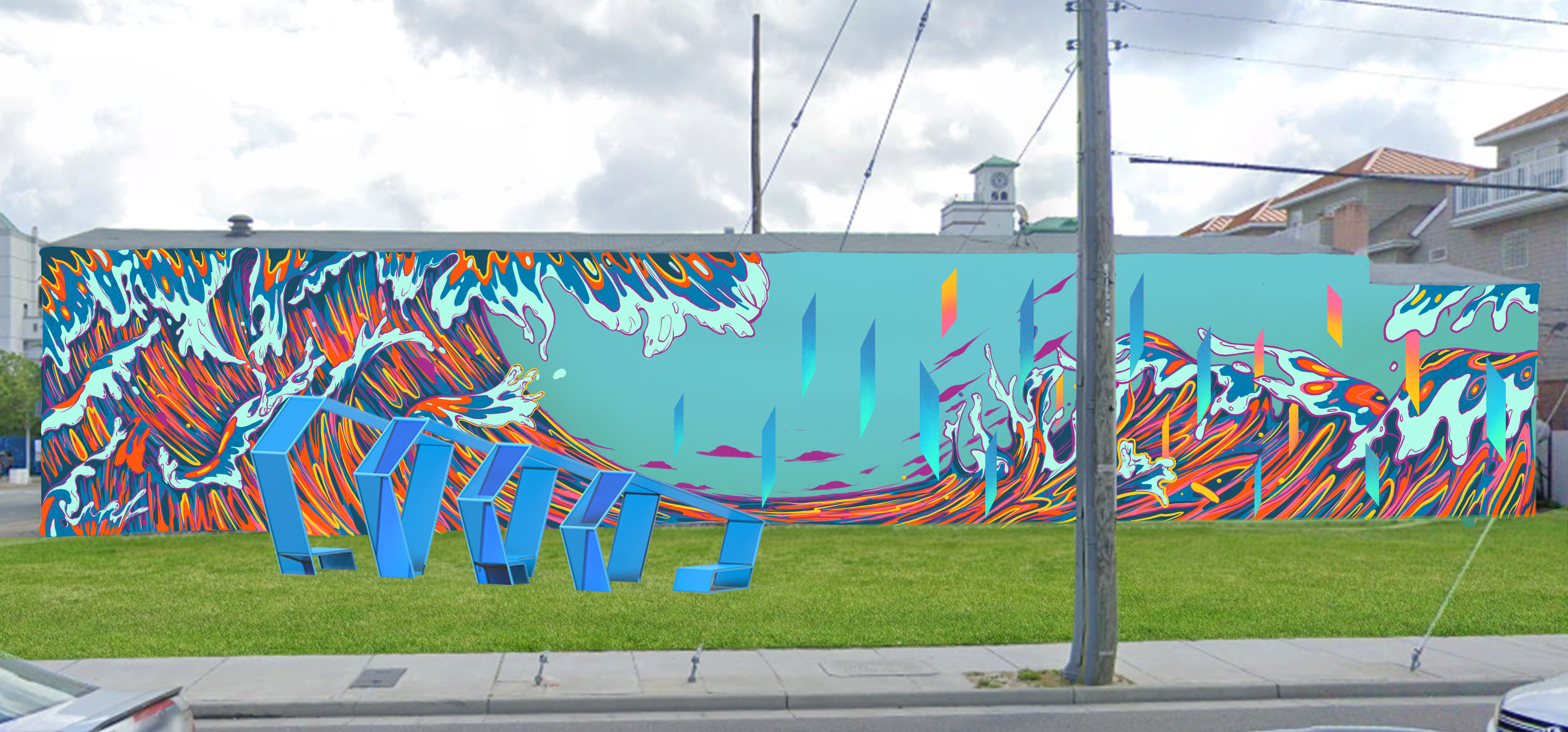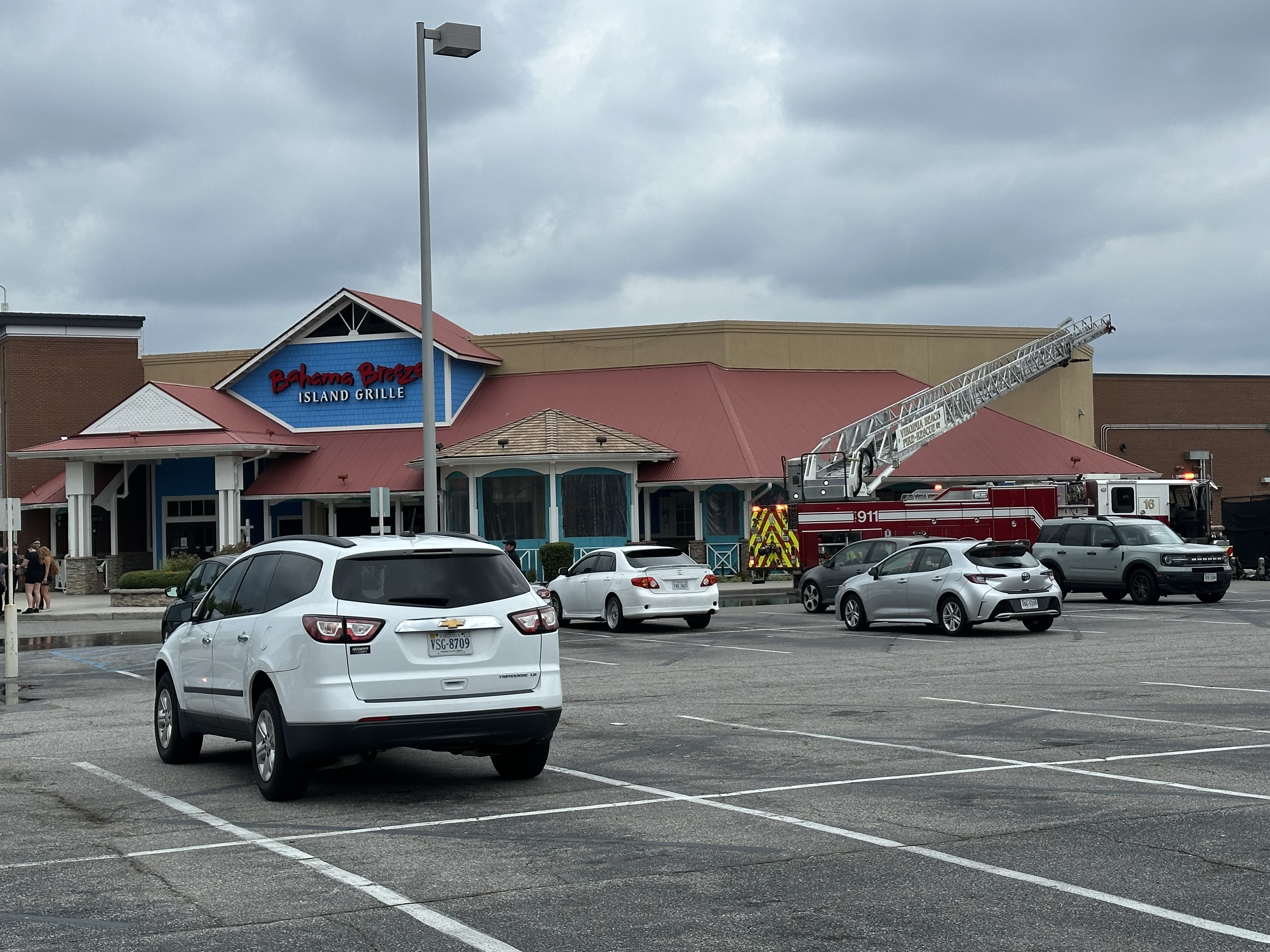(KRON) — With an outbreak of Legionnaires’ disease in Napa County, California, and cases also reported in San Jose, the infection joins COVID-19, monkeypox and even polio as a major health concern.

But just what is Legionnaires’ disease and how can you keep yourself safe from it?
What causes Legionnaires’ disease?
Legionnaires’ disease is caused by an infection with the Legionella bacteria. The bacteria is naturally occurring in fresh water but can infest manmade water sources when present.
According to the Centers for Disease Control and Prevention, several water sources can become sources of contagion, including:
- Faucets and shower heads
- Cooling towers
- Hot tubs
- Decorative fountains
- Hot water tanks and heaters
- Plumbing systems
It’s worth noting that home and auto air-conditioning units are not a risk for bacterial infestation because they don’t use water to cool their environments, but windshield wiper units containing water instead of fluid are.
Human infection can happen with the bacteria is breathed in through droplets in the air. If water containing the bacteria “goes down the wrong pipe” into the lungs, this can also cause infection. While it’s possible to spread the bacteria from person to person, this generally doesn’t happen, the CDC reports.

Who’s at greatest risk?
Not everyone who is infected with Legionella bacteria will develop a serious illness, but the CDC says some people can.
The most at risk are:
- People ages 50 and older
- Current and former smokers
- People with a chronic lung disease, such as COPD or emphysema
- People with weak immune systems, or who take drugs that weaken the immune system, such as after chemotherapy or a transplant
- People with cancer
- People with diabetes, kidney or liver failure, or other underlying illnesses
What are the symptoms of Legionnaires’ disease?
The symptoms of Legionnaires’ disease are similar to other pneumonias: shortness of breath, coughing, head and muscle aches, and fever. Diarrhea, nausea and confusion are less common. Symptoms begin between two days and two weeks after exposure.
Infection with the bacteria can also cause Pontiac Fever, which is less serious and includes the above symptoms that are not related to the respiratory system.
How is Legionnaires diagnosed and treated?
A urine test or a phlegm sample can confirm the presence of the Legionella bacteria. It’s treated with antibiotics.
Even healthy people are often hospitalized.
“About one out of every 10 people who gets sick with Legionnaires’ disease will die due to complications from their illness,” the CDC states.
How was Legionnaires discovered and named?

Legionnaires’ disease was discovered in 1976, when 182 people became sick and 29 died after being at or near the American Legion’s annual convention at the Bellevue-Stratford Hotel in Philadelphia in commemoration of the U.S. bicentennial.
The following year the CDC isolated the bacterial agent that caused the disease, named legionella after the veterans’ organization.
The bacteria had spread through the hotel’s air conditioning system and the discovery prompted major changes in heating and air systems worldwide. A prior probable outbreak in the same hotel two years earlier was identified.
The number of cases reported to the CDC has been on the rise for the last two decades, with 10,000 in 2018 alone. The real incidence of the disease is believed to be up to 2.7 times higher than reported incidences.

























